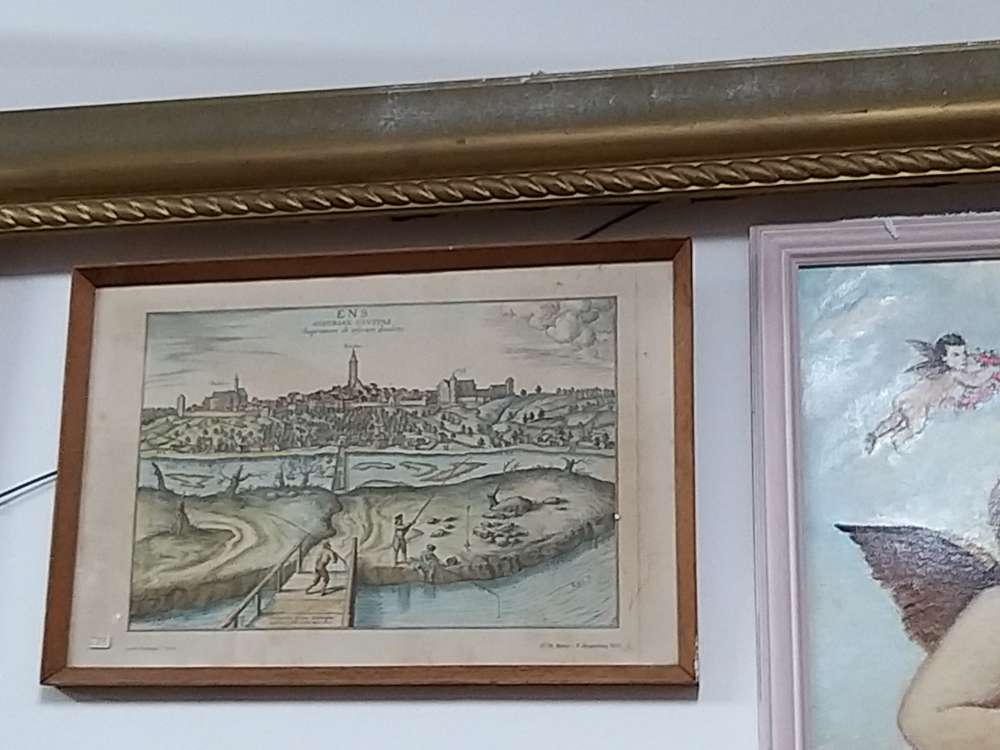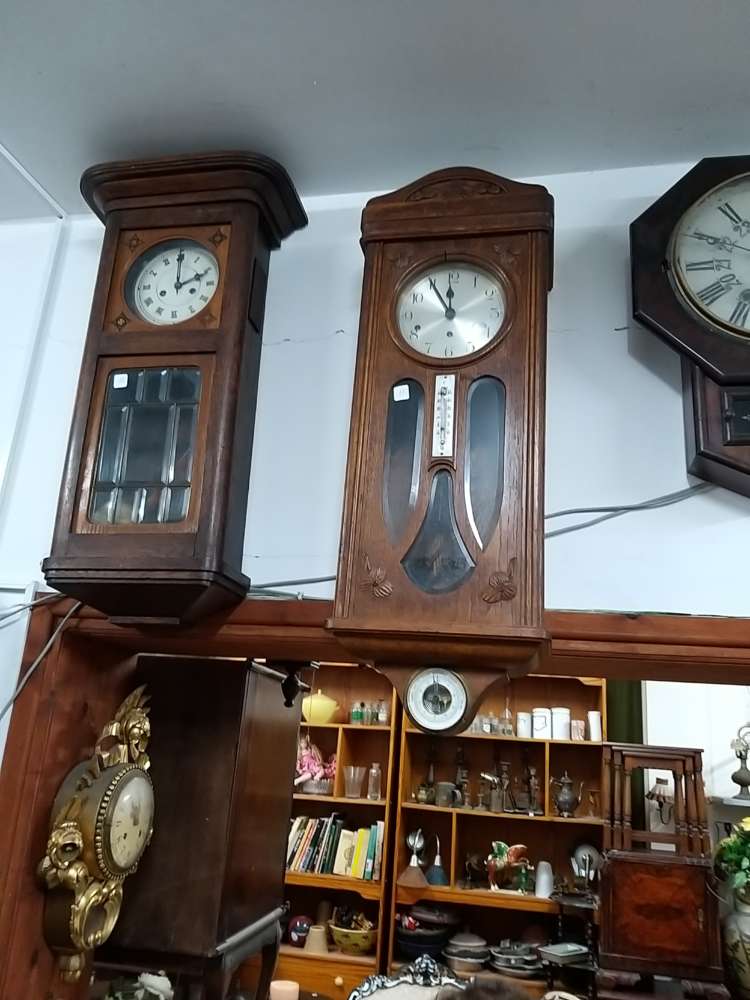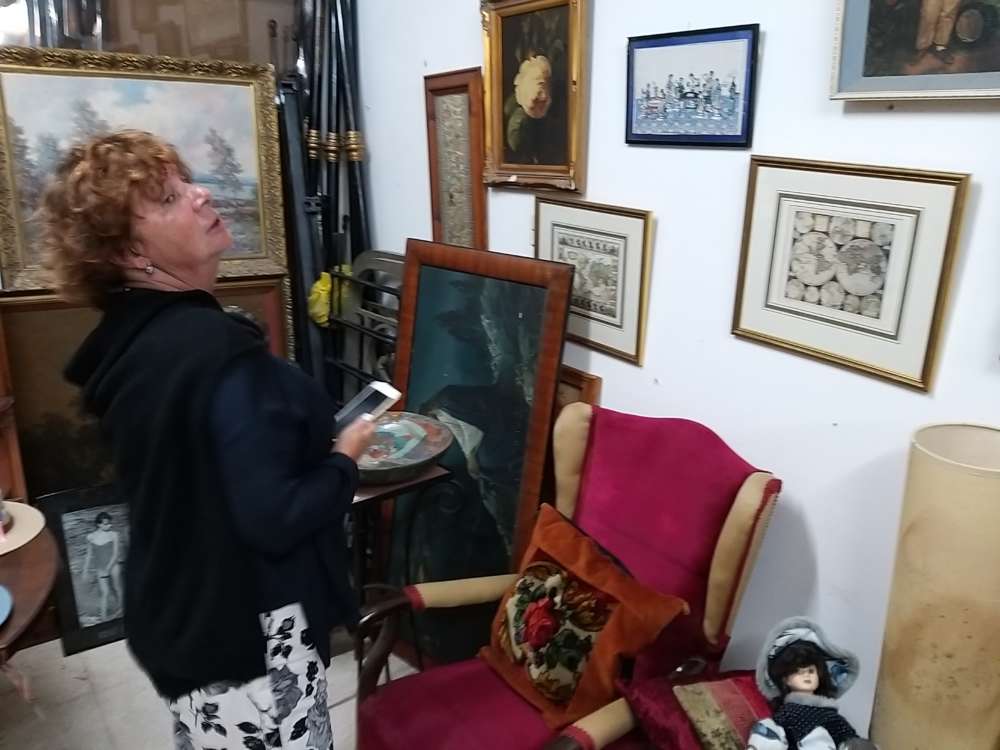Cyprus is so much more than a sun and sea destination. Beyond the rich history manifested in the historic sites, it also has a large number of vintage and antique stores, specialized online sales portals, and there is even an auction house.
To explore the world of antiques as well as for some practical tips for potential buyers Elena Maroun spoke to a Natalia Nikolaevna Sheredega, head of the Department of Ancient Russian Art at the Tretyakov Gallery in Moscow, who recently visited Cyprus.
A specialist in ancient art and antiques, Nikolaevna notes that even though Cyprus has still not established itself as a “klondike” or treasure trove for antiques, it is on the right track to becoming an antiques destination .
This is an edited version of an interview which first appeared in Russian on the site cyprusbutterfly.com.cy
Q: What really relates to antiques or rare works called rarities?
It is a reasonable question, because the very interpretation of the concept of “antiques” is very extensive. By antiques, we mean testaments of cultural history, first, which have artistic merits, or reflect important signs of a particular era and the country in which they were created. The word comes from lat. “Antiquus” and means “ancient”.
The concept of “Rarity” has a slightly different meaning. These rarities can be both ancient and tributes of a newer time. They can be rare either due to the small number of production or due to a special serial production making them unique. Modern antique salons exhibit works of art of both aged and up to the 2000s year, let’s say.
Q: What can you say about the age of antiques; are there any differences in determining the age limits when classifying things as antiques in different countries?
The age definition of a craft item is estimated the same everywhere.The only thing that distinguishes the turnover of antiques from each other is the markets: there is a big market (for example, world-famous antique auctions), and there are “flea markets” – from the French “Le Pius” (“Flea”).
On the latter, you can find mirrors of the Roman Empire era, as well as some lamps from Tiffany, or later versions of Tiffany models created in the 70-80s.
In Cyprus, the age of antiques is determined by the Law on the protection of antiquities. According to it antiques are items made before 1850 (that is, more than 150 years ago). However, certain categories of objects, such as ecclesiastical, folklore, of particular archaeological or historical, or cultural value, and created in the period before 1940, can constitute antique value as well. The export permit is issued by the Department of Antiquities. Moreover, you can inquire about the uniqueness of the subject by consulting the curator of national museums.
Q: What should I look for when choosing an antique item as an ordinary buyer?
There are different groups of antiques.First, it is a rather large group of decorative and applied arts objects, such as serving dishes, porcelain, silver (cutlery), various sculptures in porcelain and bronze, for example.
It is curious that some people collect specifically outdated, old-fashioned cutlery, for instance, and therefore such collections are mainly interesting for researchers.
Another large group includes furniture. As for furniture, an ordinary buyer of antiques needs to be able to not only understand it styles (for example, distinguish Rococo of the 18th century from Fo-Rococo (or Neo Rococo) of the 19th century, which have similar forms; or classicism of the beginning of the 19th century from neoclassicism of the edge between 18th-19th centuries). I mean that the forms can be very similar, but the price and value depend on the era of creation.
When purchasing antiques, it is also very important to determine the degree of safety of the item. For example, if it is silver or porcelain, then there will be much less problems than, say, when buying furniture or wooden products in general, since wood can absorb moisture, dry in –and- out and lose its presentation. Therefore, for such an object it is necessary to have some knowledge for its restoration and maintenance.
Q: Regarding objects with visible damage, which of these defects are easier and which are more difficult to repair?
Well, it is hard to give recommendations, because you need to see the creation.Nevertheless, it is definitely not advisable to acquire wooden objects with traces of the beetle grinder, even if it is one small speck. This is because this is the most harmful type of insect that cannot be removed in any way, except in ultra-cold freeze camera with super cold temperatures, which is not always possible even in the museum conditions. If such damaged item appears in your house, then after a while all your furniture and wooden items will turn into dust.
However, as for the upholstery, nowadays there are artisans in any country who can bring sofas and armchairs, or dining chairs into proper form.
A new owner should be aware that in our time no horse hair is used anywhere to stuff the seats, which furniture of the 18th-19th centuries was traditionally stuffed; therefore, after re-facing, nevertheless the restored objects will not be fully identical to its original. Still, as for the surface upholstery, it needs and can be replaced. Today there are plenty of beautiful Italian fabrics of a very good quality. It is quite realistic to choose such an upholstery fabric. Even modern furniture museums use high-quality fabrics that completely imitate the original. Of course, museums choose the more expensive options, but you can pick up more budget options depending on the item itself.

Q: What points should be considered for an antique buyer who can afford a valuable item in order to avoid mistakes and to pay for a genuine thing?
I believe that we must follow the call of the heart, and not be afraid of mistakes. Mistakes will always happen. Just as you learn to drive a car or cross the street in a foreign country, buy metro tickets with a different fare systems, etc. you learn by trial. You have to start somewhere and never stop learning. Still, it is advisable to use the services of consultants, experts, or refer to antique directories.
It is clear that when you come to an antique shop, you still need to be able to elementarily distinguish an orange from an orange peel, that is, an original object from a fake, and this is not an easy task. Moreover, this is not only a dilemma of an inexperienced buyer, but also for specialists in certain areas.
Therefore, you need to use the services of well-known salons with an impeccable reputation or assistance of trusted consultants. You can also trust online auctions in certain countries, such as the Netherlands and Germany, where all stages of the sale are regulated by serious control.
Q: Do you have your own priorities and can you share what are your favourite items from your own collection?
The question is not entirely correct, since from the time of my graduation from the university and the beginning of work in the museum, art critics considered it is bad to have collections at home. In those old days, keeping valuables at home was unsafe.Besides, we all went on expeditions, collected icons, utensils, and paintings for museums … and all this surrendered to the museum and the state as per the law.
Nevertheless, I will answer your question. Like all people, I have my own preferences, and there is a small collection consisting primarily of items left from my ancestors, my family that I inherited.
My preference is the Art Nouveau style (as it is called in Russia, in Germany it is known as Jugendstil, or “Youth Style”), dating back to the 1890-1910 years of the last century. I have a buffet made by Shekhtelev, a lot of arts and crafts. My second love is the manor furniture of the beginning of the XIX century, more precisely the 20-30th years of this century. Such items are complex works of production dictated by the desire for fundamental novelty in the spirit of national romanticism; these items were usually unique or produced in small batches. I have a chair, a mirror, and there is an lumber table (intended for playing cards).
As for the dishes, I am more a user of those than a collector is. I drink from the Kuznetsov and Gardner cups, use silver spoons, because in my understanding that objects should live, which means that they must be used. We share this principle with some of my friends. Such little things make life intricate, turning any tea party into a ritual, any meal – into an extravagant reception. I am touched by all sorts of spatulas, potholders, and spoons of special purposes that are no longer used by us in everyday life.
Q: Another question concerns the icons and the definition of their originality and value.
Icons have been forged at all times, and without specialists, their authenticity cannot be determined. The age of icons allowed for export abroad from Russia should not be greater than 100 years. For a more detailed analysis, you need an additional conversation and article.

Q: What items in Cyprus antique shops should a treasure hunter pay attention to?
As in any other country, some national and folklore exhibits (e.g. silverware, laced napkins from Lefkara, clay containers for olive oil, wines, etc.) will be an absolute rarity. However, if we are talking about tourists hunting for antiques, such products can be too flamboyant for presentation in another country. Hence, it is worth focusing on personal preferences and themes of already existing collections.
Q: What are the most unusual or rare things you have seen in antique shops in Cyprus?
I would still highlight the ancient maps of Cyprus, which are present in plenty of antique shops.As I have already said, engravings and authentic old maps can quite organically fit into any interior and become a very thought-provoking (and not expensive) antiques item.
Q: Can Cyprus become a “klondike” of antiques. Should collectors go on antique tours here?
In order to have the status of a “klondike”, that place needs to be a recognizable trademark, but Cyprus is not yet known for that. Regardless, the existence of a significant number of antique shops, the development of the auction, including online bidding, as well as the large number of visitors annually coming to the island, gives reason to believe that Cyprus is on the right track to the development as an antiques destination as well.
The interview was recorded by Elena Maroun, founder of Etalon Etiquette Club and published in Russian at: https://cyprusbutterfly.com.cy/blogs/cyprus-can-become-an-antique-klandayk-europe.






